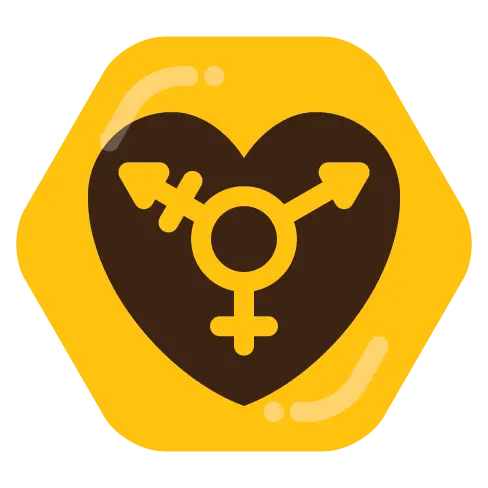I’ve been helping my 72 year old bilingual (Spanish) mother come to terms with one of her nieces having transitioned.
She’s been remarkably progressive about it, but she did bring up some good questions that I didn’t have answers for.
(I have my own set of annoyances for pronouns in English. Using a third person plural for single individuals has been leading to confusion, especially amongst my English L2 friends and family. But pronouns are some of the most conservative parts of speech in any language so I’m not going to tilt at that particular windmill. )
As a question for my LGBTQ+ kith, what have you been seeing/using as pronouns in different languages? Romantic languages are generally still heavily gendered, as are some Germanic. Does that interfere with non-binary language patterns? What about Turkish, Finnish, Mandarin, Japanese, Arabic, etc?
Have there been any instances of novel pronouns created?
And, not to pry open old wounds, but has anybody noticed new slurs or other intentionally hurtful epithets?
The first question is an effort to answer questions that I hadn’t even thought to ask. I’m actually pretty proud of the older generation making an effort to live in the modern world.
The rest is pure personal curiosity and possible conversation material.
Huge thank you to everybody taking time out of their day to answer.


As a native Finnish speaker I can say that picking pronouns in Finnish is easy: there’s no grammatical gender, so no gendered pronouns either. On top of that, in colloquial Finnish we tend to use “it” for people too
Edit: as a random side note, in colloquial Finnish (at least in the South) “he/she” or hän is often used to refer to pets, and “it” or se is used for people, unless you’re being sarcastic. I find this hilarious and inexplicably adorable